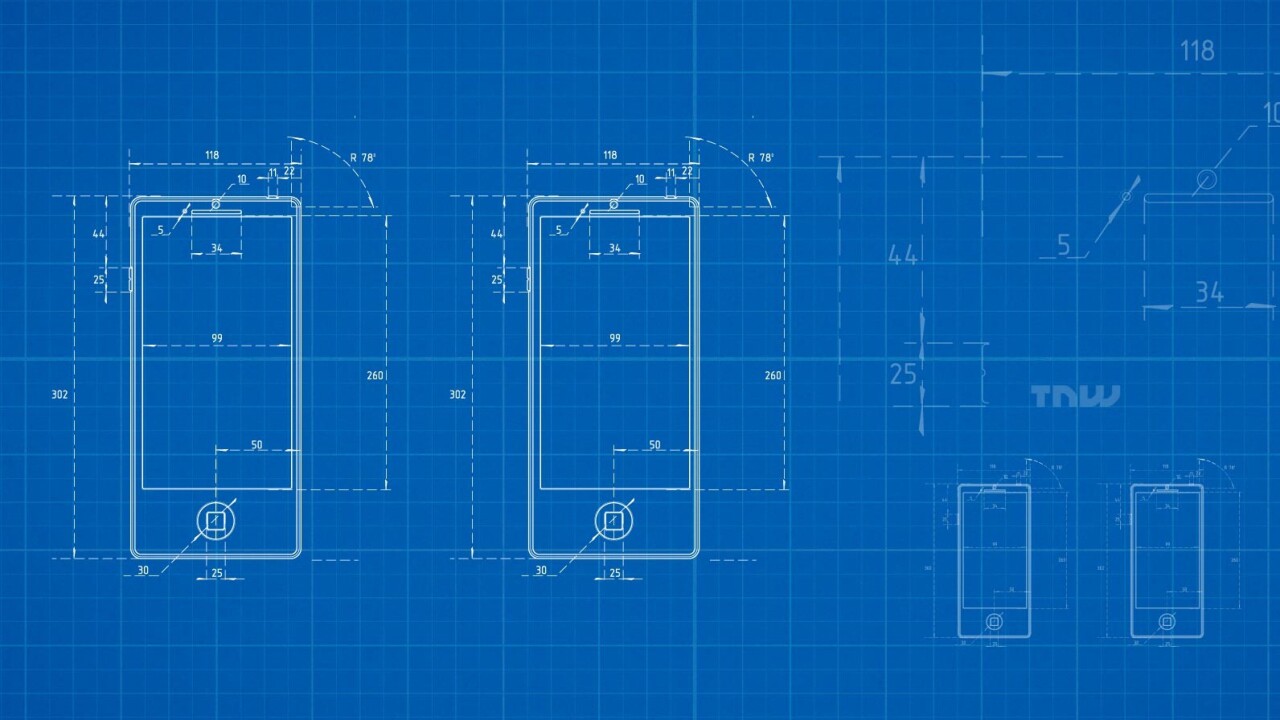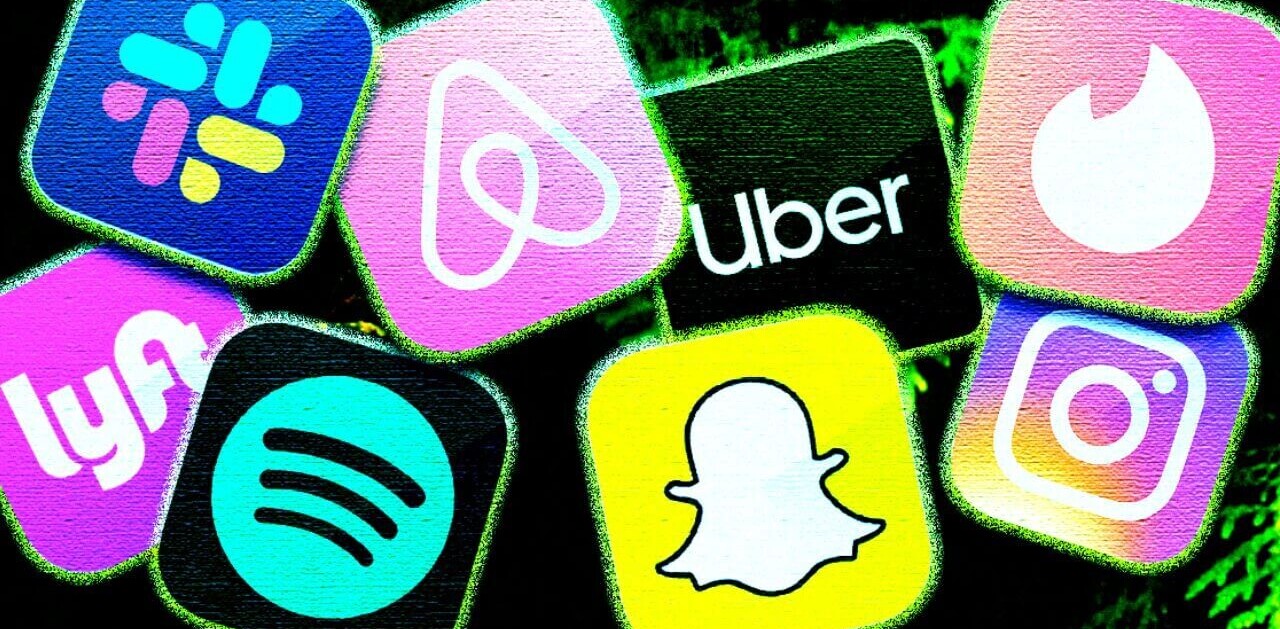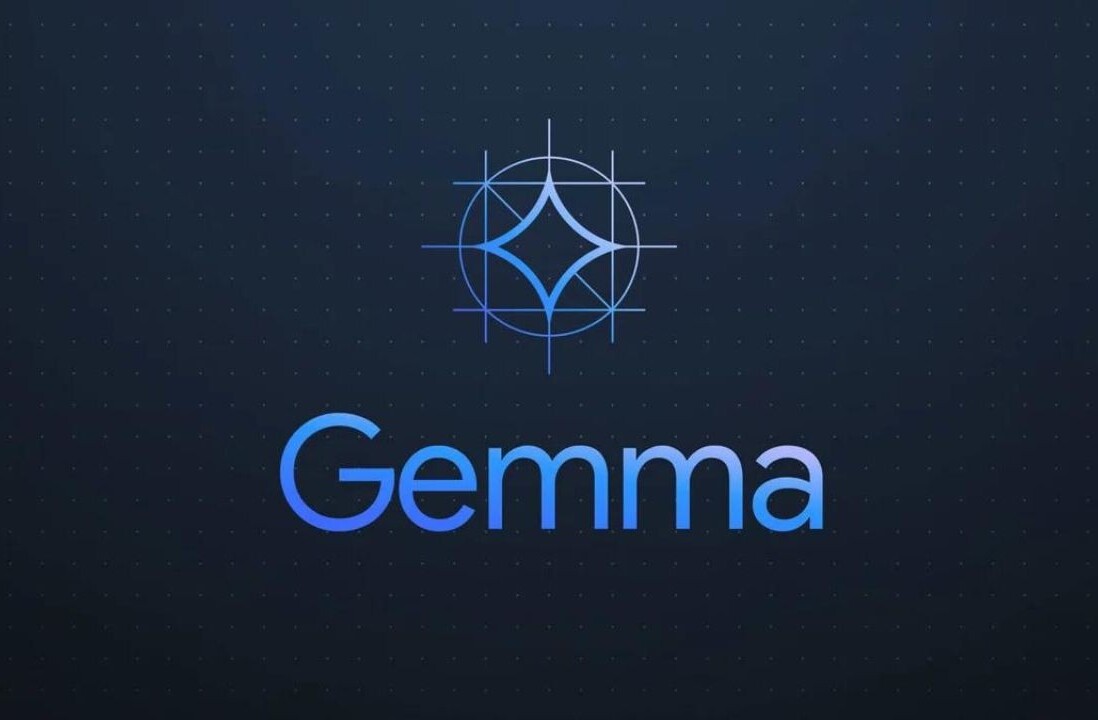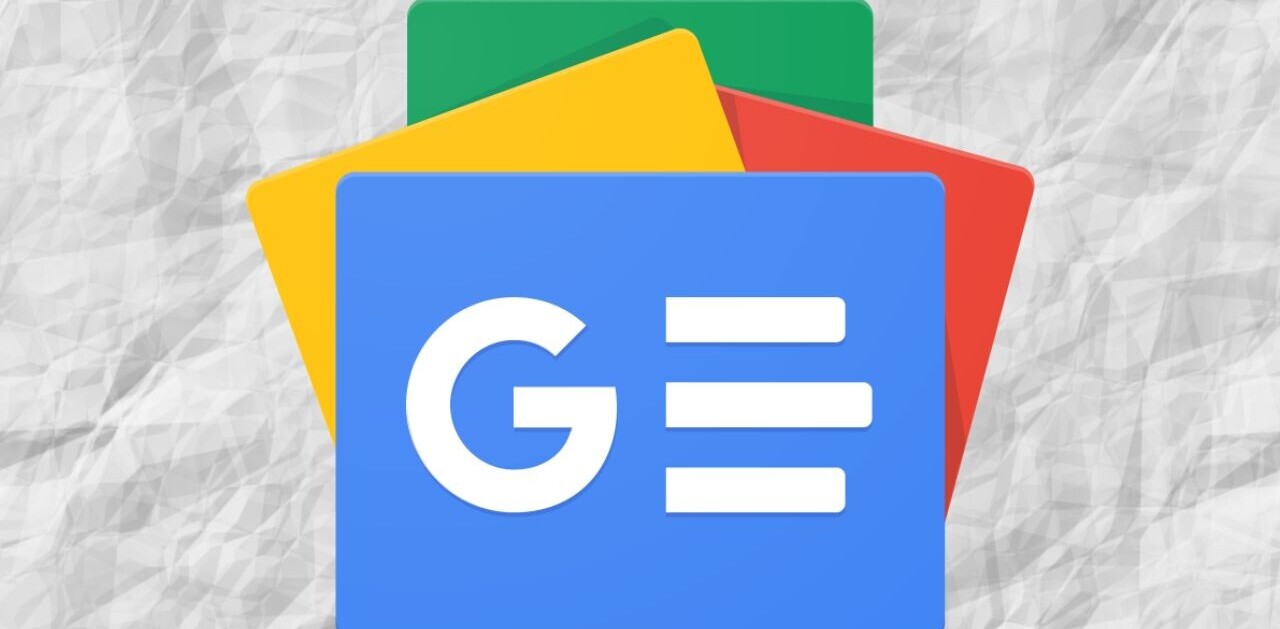
This week, the US patent office issued 6,319 patents. Each patent adds a little something new to the human knowledge base. As we cannot list all six thousand, the PatentYogi team has selected the five most interesting patents.
Technology of Maglev trains now used to build artificial heart

The same magnetic levitation that keeps a maglev train afloat is used to suspend the rotor (the moving part of the motor) within the stator (the stationary part of the motor) of a super-efficient blood pump.
The gap between the rotor and the stator is kept sufficiently large to avoid the rotor from touching the stator and cause friction. This also leads to a larger gap for blood to flow.
Another feature of this maglev blood pump is that any undesirable mechanical resonances occur at lower speeds of the motor. In other words, the motor can be advantageously operated at very high speeds without the possibility of disruptive vibrations.
As a result, the overall size of this artificial heart can be made very small, making it suitable particularly for infants.
Microsoft will increase the frequency of serendipitous meetings with friends

These days smartphones know our location all the time. They also have information about our friends. Further, they know about our daily plans (from calendar).
Microsoft has combined these three data sets to come up with a unique recommendation system.
Based on user and friend activities, the system can estimate that user and friend will approach an intersecting location within a window of time. Further, based on the calendars, the system determines that the user and friend are available to meet in that window.
Thereafter, the system automatically gives a recommendation of a service (such as a coffee shop) offered within a distance of the intersecting location.
So, technology does not always make us anti-social!.
Boeing plans to provide location-based services onboard aircraft

Further, an app on the smartphone displays a map of a Layout of Passenger Accommodations (LOPA) for aircraft. The app modifies the map to indicate the location of the smartphone, allowing the user to identify his or her location within cabin.
The map can also be used to indicate seats, exits, lavatories, emergency equipment, etc., that are present onboard aircraft.
Further, the app provides additional location-based services onboard aircraft by providing information to passengers regarding the availability of space in storage bins.
Microsoft is developing a cooler version of Google Glass

As if that wasn’t bad enough already, there’s more pain on the way for those who can’t heed the warning not to text and walk.
Apparently, navigating the real and the virtual world simultaneously can quickly turn into a bumpy affair with everything from strangers to electric poles.
Enter Microsoft’s see-through display glasses. This cool device, seemingly pulled out of a Mission-Impossible movie, can let people have sight of what’s in front of them while their eyes gorge on Facebook or Twitter feed.
This invention makes use of LED nano-projector to generate images of digital content to be shown to a wearer. The light from the LEDs is then guided through sophisticated optics to be delivered through the see-through glass by total internal reflection.
The most amazing use of these glasses arises when the images displayed are related to what the wearer already sees through the glasses in the real world–known as augmented reality. Imagine being a tourist in a street of Paris and enjoying the view. With these glasses on, you can now also see names of buildings and landmarks digitally superimposed exactly onto the real objects.
Thanks to this invention, users can now simultaneously live in both the real and the digital world.
Success of Amazon’s drone service depends on this patent

One of the biggest challenges is the limited battery power on board the drone.
As if being loyal to Murphy’s laws, batteries are notorious for running low just when they are needed most, such as when a drone is in flight.
Amazon has been wary of this possibility and has invented this on-board battery charger for drones. The battery charger is powered by a combustion engine that may also be used to directly drive the drone’s propellers.
A computer on the drone calculates the estimated flight duration and checks whether there is enough charge in the battery to provide power for that duration. Only when there isn’t enough battery, the combustion engine is started to drive a generator which then charges the battery to the required level.
By making sure there is sufficient battery power available on the drone at all times, this invention makes Amazon’s Prime Air not only to take flight but also sustain it.
Get the TNW newsletter
Get the most important tech news in your inbox each week.




